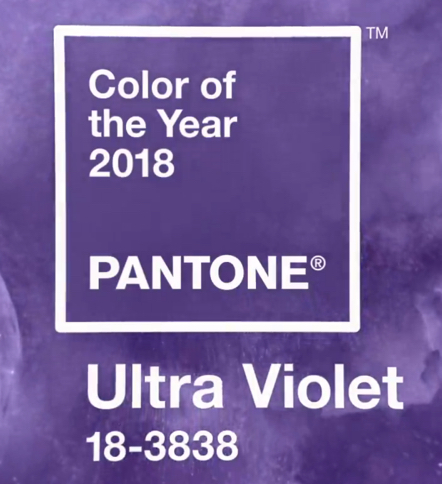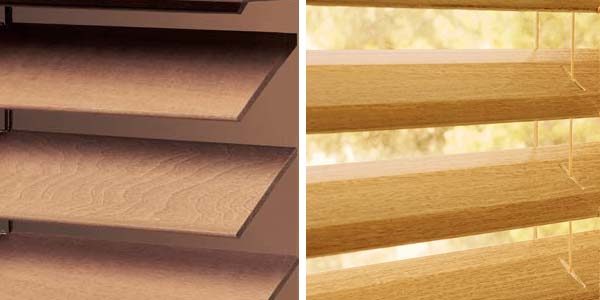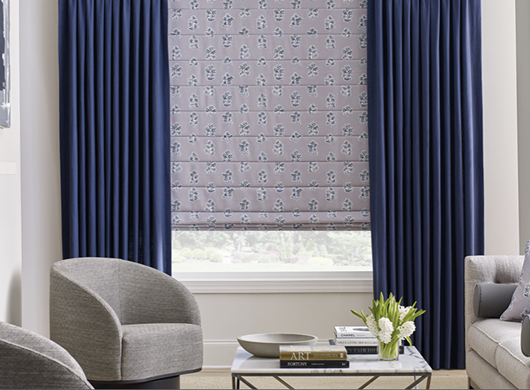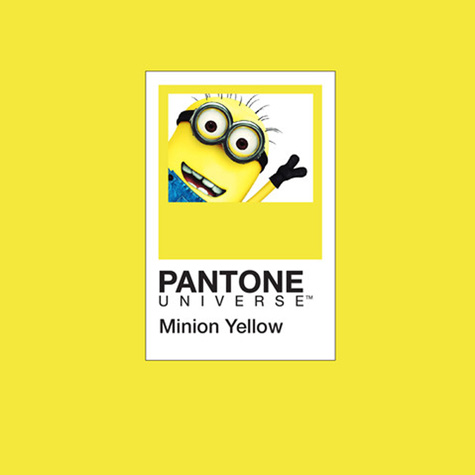Improve Your Mood, Health, and Feelings with Color
By Susan Brook, Senior Designer
“I have tried to express an idea that the cafe is a place where one can ruin oneself, go mad or commit a crime.” Who said this about what? Vincent van Gogh, regarding the artistic intent of his “Night Cafe” painting. What colors did he use and what lighting effects? Learn more about mind-boggling color theory experiences here.
Not surprisingly, color charts and color scheme brochures can’t capture the effect of other colors on our selected hue, especially the combined effect of light sources and window treatments. We can confidently explore our personal reaction to each color, and leave the rest to trusted professionals.
How can color affect my mood, health, and feelings?

Color is the easiest, quickest and least expensive way to change an interior decorating look and your own personal outlook. Color is vibration that comes from white light rays which are separated to produce a colored band called a spectrum. Each material in nature has the capacity of absorbing one or more of the subdivisions of light, leaving those not absorbed to be reflected to the human eye. So, the color we see is the color of the non-absorbed rays. For example, the leaf in the picture to the right has absorbed the red rays and reflects only the blue and yellow rays to make it appear green. This green will look different, for instance, when this butterfly is replaced by a dark copper brown one in the afternoon shade.
A professional interior designer will address the variables impacting color influences in your interiors to develop a harmony that is pleasing in appearance and produces a desired psychological, physiological and emotional reaction. At the same time, it must also be suitable for the room’s purposes and available light sources. That’s the professional’s challenge in any interior decorating project.
Physiological effects of color
Even though each person has a unique emotional color reaction, many studies point to basic physiological effects from color that most people experience.
- Red: Raises blood temperature, stimulates circulation and can help treat anemia, inertia, tiredness and exhaustion.
- Orange: Gives vitality, associated with the kidneys, stimulates metabolic rates and some think it’s an aid against depression.
- Yellow: Aids in digestion, can help rheumatism and arthritis, intestine and liver elimination and stimulates lymph glands. Cheery.
- Green: Influences basic cell structure and tissue building, good for heart/blood problems and useful for colds and headaches. Enhances feelings of freedom and space.
- Turquoise: Useful for swelling, burns, bruises, eczema, rashes, sores, tension, and stress. Aids the immune system. Good for relaxation.
- Blue: Same effect as Turquoise as they are next to each other as a blend transition from green.
- Purple: Associated with eyes, ear, nose and mouth, good for lung and kidney issues, good for head congestion and sinuses, and calms the nervous system. Helps with mental and personality disorders.
- Pink: Connected with heart, blood and breathing, the head, skull, brain and the nervous system. Encourages feelings of love and understanding
Psychological effects of color
Color has additional psychological effects in the subconscious.
- Red: Warm, active and stimulating to some, but calming to others depending on their association. It’s personal and unique. Red is also frequently used in fast food restaurants to increase appetites and have people eat quickly and move on.
- Blue: Often having the opposite effect of red, blue can instill feelings of melancholy, introspective reflection, spirituality, cleanliness and wisdom. It’s thought to be an appetite suppressant. Blue can be subduing and cool, but can also seem a bit sad.
- Green: Signifies abundance, nature, health and wealth. It can be tranquilizing while bridging human and environmental well being or health. Oddly, it is fresh, cool and clear but if you shine a green light on human skin it looks awful! When I began hospital design in the 80s, the school of thought was to change to warm colors due to patients actually feeling worse because the light hospital standard green paint cast a horrible greenish tint on their skin, and on the doctors, nurses and visitors. One piece of research pointed out that shining a green light on criminals could yield a quicker confession. Also, prisons quit using pink colors because it became known that pink caused agitated and irritated responses.
- Orange: While unpopular due to its association with drawing attention to caution signs, danger, and over-emotion, orange actually brings on feelings of enthusiasm, warmth and exuberance in a lively manner.
These psychological and physiological effects of color are general guidelines used in interior design projects, but they’re just a starting place to help interior designers hone in on the perfect color combinations for your home or commercial project. There are many factors the influence a person’s reaction to color, including gender, culture, and even the era of their lives that held the most happiness for them.
Hopefully, we can glean some useful tidbits of color application when considering the psychological and physiological effects of color. When considering how color fits with your interior decorating project, it’s important to take the time to determine your own reaction to color range.
Why Ross Howard?
Ross Howard Designs has been the Dallas area’s leader in interior design, home fashions, and custom window treatments for homes and businesses since 1981. From color coordination to the functionality of your window treatments, we’re your partner in your home and business design projects. Stop by our gallery to see hundreds of functional window fashion samples and meet with one of our consultants about your interior design needs. The professional designers at Ross Howard are committed to bringing you the latest styles, current trends, and innovative technologies. For more expert information on window treatments and interior design, or for a free consultation, give us a call today – 972-490-0088. When you stop by our showroom make sure you ask us for a free design book!
Susan Brook is a Senior Designer specializing in residential interiors, healthcare design, Disney Imagineer film and TV set decorating. She works with Ross Howard Designs in Dallas, as well as with clients in the Laguna Beach, CA, area. Look for future articles from Susan on topics such personal color emotional ranges, how color affects perceptions, how wardrobes influence home interiors, and what our color preferences say about us.






